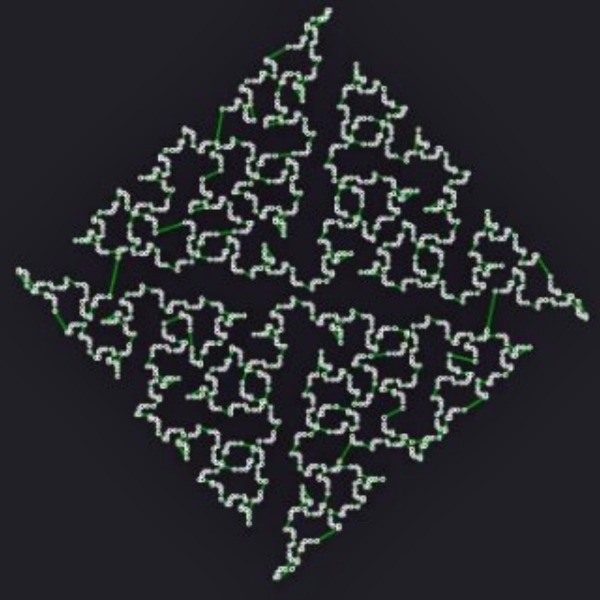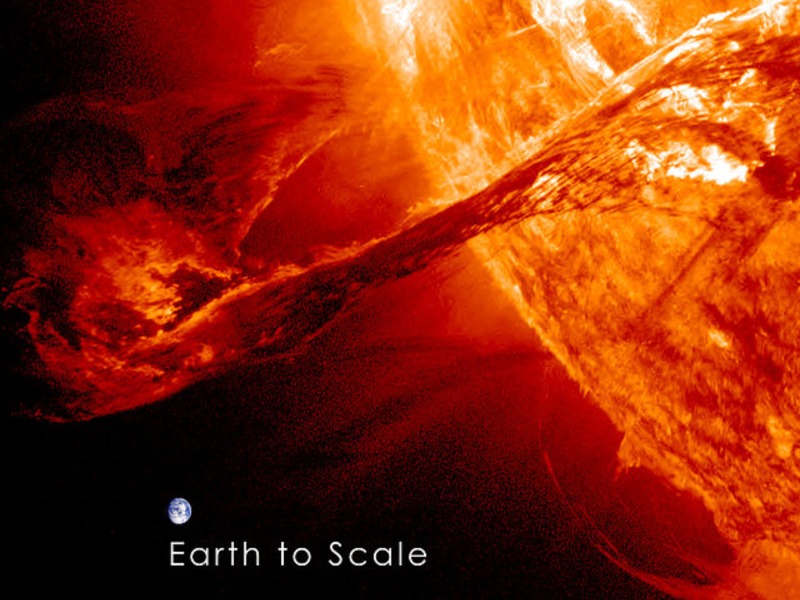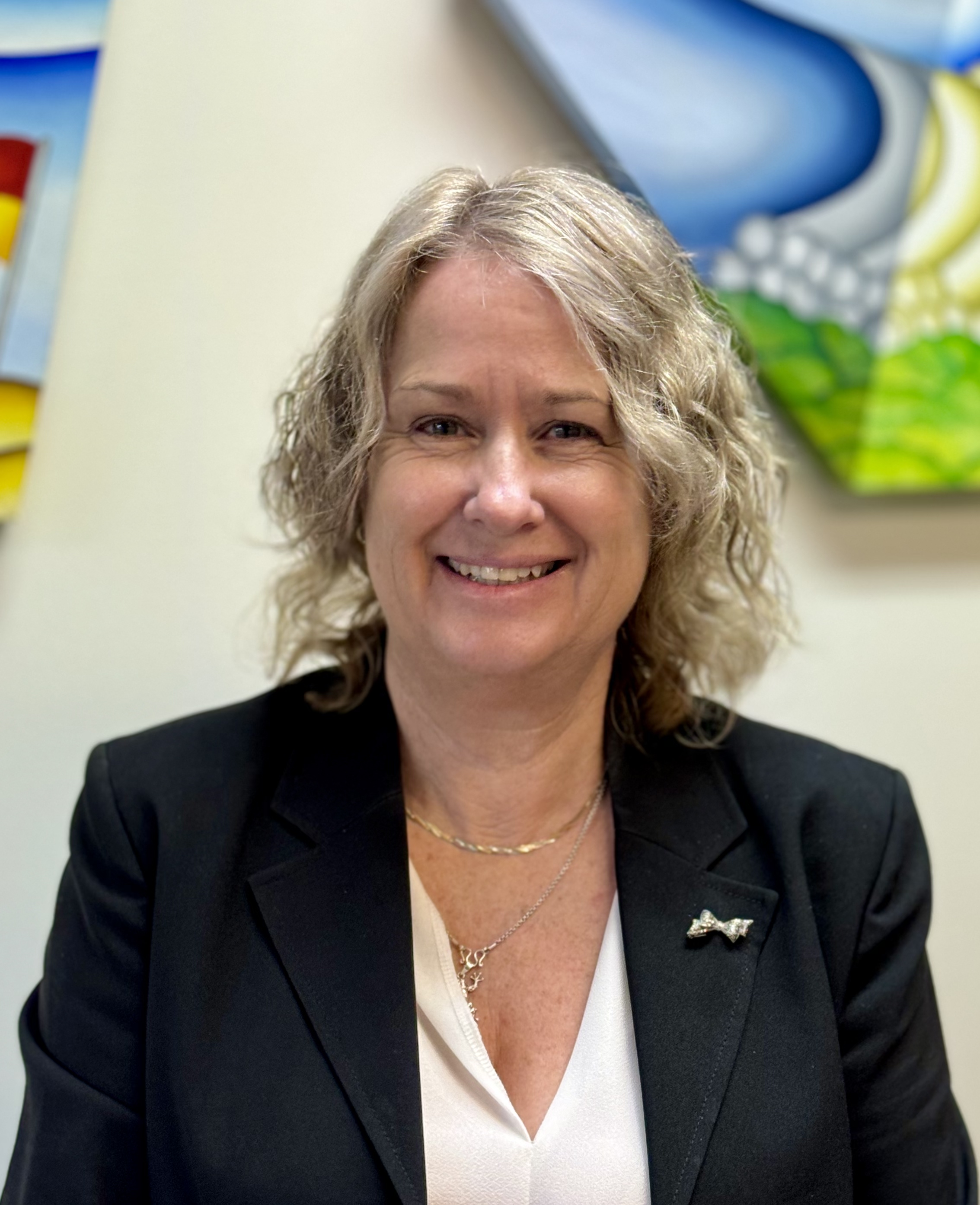
Real-world applications of our research
Where could your degree lead you? The possibilities are endless...
Below are some examples of the real-world applications of research carried out in the School.
Voice-Image-Sensor app to measure food and nutrient intake
The CIT discipline have collaborated on a project with dieticians from the University to develop Voice-Image-Sensor technologies in the form of a smartphone app and wearable sensors to measure individual food and nutrient intake.
The app removes the need to weigh or estimate the amount of food a person eats and the need to manually record those details in a written log. Users can instead take a photo of their food and record a brief voice message. The image and voice data is supplemented with data coming from wrist-worn sensors to indicate whether a person is eating or not.
The technology will be deployed in low- and middle-income settings, particularly in developing countries. The research was funded through the Bill and Melinda Gates Foundation.
Using computer science to help cancer treatment drugs target killer cells
Computer science is an applied field which has as its main motivation to find efficient ways of solving complex problems using computational means. Computer scientists then transform their ideas into algorithms, step-by-step procedures that, given an input of a problem, propose the optimal solution.
These problems come from many areas. One is the area of 'personalised medicine', the idea that a therapy such as chemotherapy for cancer can be tailored to the particular genetic characteristics of a patient and their tumours. This involves investigating both the genetic information of the person's normal cells and the tumours to produce a personalised therapy.
Databases around the world are curating information about the efficacy of chemical compounds that delay the growth of malignant cells. A new area of research has been identified: is it possible to identify the best possible combination of compounds or drugs that work better together for a particular individual? These problems generally involve the use of computer science and specialised algorithms to search for all possible combinations.
There are, however, some common findings across cancer types and the genetic makeups of individuals: the microenvironment on which these cancer cells grow in an individual have some similarities. Could it then be possible to change this microenvironment by regulating some key molecular drivers of the changes observed and reduce the rate of growth?
Two of The University of Newcastle’s computer scientists, Professor Pablo Moscato and Dr Nasimul Noman, have recently taken another step to solving this challenge by approaching it as an optimisation problem. Their study was based on treating gliomas, a type of tumour found in the brain and spinal cord. Using mathematical models of cancer growth, they developed and applied computer science algorithms to help determine the combination of drugs to help to reduce the rate of growth by altering the tumour’s microenvironment.
Their results demonstrated that, if the mathematical models of cancer growth are correct, the algorithms they developed can design effective personalised combination therapy to change the microenvironment (but the drugs and compounds required may need to perform several functions at once).
If the possibilities surrounding this real-world health-related application of computer science excite you, you might wish to read more about the work of Professor Pablo Moscato and his colleagues, and you might wish to learn from them directly by studying a Bachelor of Computer Science degree.
Using satellite observations and advanced computations to protect humanity and its assets from storms in space
Members of the University of Newcastle’s Centre for Space Physics examine space weather – the conditions in near-Earth space and its origins on the Sun - to better understand its impact on billions of dollars’ worth of spacecraft and related infrastructure. Space weather is driven by solar magnetism: the magnetic field produces eruptions in the Sun’s atmosphere that drive magnetic clouds full of hot plasma out across the solar system at millions of kilometres per hour. When they interact with the Earth’s magnetic field and atmosphere, they can knock out satellites, disrupt communications signals and GPS, and in extreme cases even damage power distribution networks and ground-based infrastructure.
 Researchers in the Centre for Space Physics work across a wide range of unsolved problems in the chain of space weather events from the Sun to the ground. We work with sophisticated simulations and models of the Sun’s interior, surface and atmosphere, and use state-of-the-art observations from NASA and ESA space-based satellites. We also work with data from satellites and ground-based instruments studying the Earth’s ionosphere.
Researchers in the Centre for Space Physics work across a wide range of unsolved problems in the chain of space weather events from the Sun to the ground. We work with sophisticated simulations and models of the Sun’s interior, surface and atmosphere, and use state-of-the-art observations from NASA and ESA space-based satellites. We also work with data from satellites and ground-based instruments studying the Earth’s ionosphere.
Associate Professor David Pontin is currently leading a team of researchers studying the source of the “solar wind” in a collaborative project with colleagues at NASA, funded by the Australian Research Council. This solar wind streams off the Sun and past the Earth, carrying with it the disruptive storms. However, forecasting if and when those storms arrive at Earth requires us to greatly improve our understanding of where the different fast and slow wind streams originate on the Sun. The solar storms originate in regions of strong magnetic field on the surface of the Sun. Dr Hannah Schunker is using helioseismology to probe the flows guiding the formation of these strong active regions below the Sun’s surface. Understanding how this happens will allow longer forecasting capabilities for space weather.
Further recent research applications have involved studying ground currents produced by space weather that adversely impact the electrical energy supply network [in collaboration with the Bureau of Meteorology (BoM) and Australian Energy Marketing Operator (AEMO)]. High frequency (MHz) radars for Australia's defence capability rely on propagation of information through the ionosphere which often contains variations by a mechanism known as travelling ionosphere disturbances (TIDs). The origin and predictability of TIDs and the impact on radar surveillance capability are not well understood. A recent research effort partnered with the Defence Science Technology group to improve our understanding of TIDs.
Image: NASA, Magnificent CME erupts on the Sun with Earth to Scale
The University of Newcastle acknowledges the traditional custodians of the lands within our footprint areas: Awabakal, Darkinjung, Biripai, Worimi, Wonnarua, and Eora Nations. We also pay respect to the wisdom of our Elders past and present.
